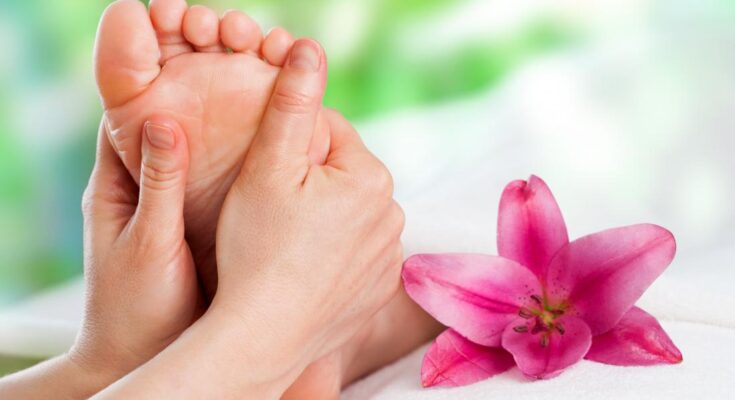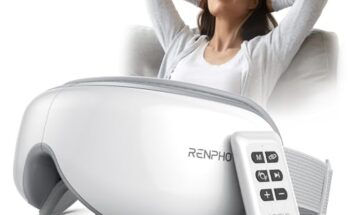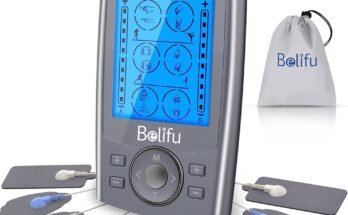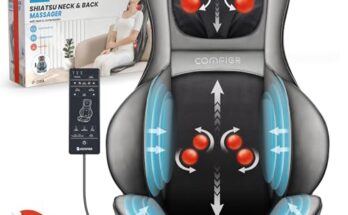Foot massages can offer immense relief and relaxation. Various techniques are used to target specific areas and issues.
A foot massage isn’t just about feeling good; it has multiple health benefits. From reducing stress to improving circulation, different methods are employed to address various needs. Techniques like kneading, tapping, and rotating are often used by massage therapists. These methods can help alleviate pain, tension, and even improve your mood.
Understanding the techniques can enhance the experience and benefits of your next foot massage. So, let’s dive into the fascinating world of foot massage techniques and learn how they can contribute to your overall well-being.

Credit: www.theknead.ca
Introduction To Foot Massage
Foot massage, an ancient practice, offers relaxation and relief. It involves applying pressure to specific points on the feet. This technique can improve circulation, reduce stress, and enhance overall well-being. Many cultures have used foot massage for centuries to promote health.
Benefits Of Foot Massage
There are many benefits of foot massage that can improve your health. Some of the key advantages include:
- Improved Circulation: Stimulates blood flow, aiding in the delivery of oxygen and nutrients to cells.
- Stress Relief: Reduces tension and promotes relaxation.
- Pain Relief: Alleviates pain in the feet and other areas of the body.
- Improved Sleep: Promotes better sleep quality by relaxing the body and mind.
- Enhanced Mood: Releases endorphins, which can improve mood and reduce anxiety.
Historical Background
Foot massage has a rich history that spans many cultures. In ancient Egypt, murals depict people receiving foot massages. The practice was used to promote healing and well-being. Ancient Chinese texts also reference foot massage, which was part of traditional Chinese medicine. It focused on stimulating specific points to balance the body’s energy.
In India, foot massage is part of Ayurvedic medicine. Practitioners believe it helps balance the body’s doshas, or energies. This practice aims to promote overall health and harmony. These historical practices laid the foundation for modern foot massage techniques used today.
Basic Foot Massage Techniques
Foot massage is a relaxing and therapeutic practice. It helps to relieve tension, improve circulation, and reduce stress. Understanding some basic techniques can make a big difference in the effectiveness of a foot massage.
Effleurage
Effleurage is a light, gliding stroke used at the beginning and end of a massage. It helps to warm up the muscles and increase blood flow. This technique is performed with the palms of the hands. Move your hands in long, smooth strokes from the toes to the ankle.
Effleurage can be done with varying pressure. Start with gentle pressure and increase it as the muscles warm up. This technique helps to relax the foot and prepare it for deeper massage.
Petrissage
Petrissage involves kneading, squeezing, and rolling the muscles. This technique helps to release muscle knots and improve flexibility. Use your fingers and thumbs to gently squeeze and lift the foot muscles.
Petrissage can be done in small circular motions. Focus on one area at a time, working from the toes to the heel. This technique can be more intense, so communicate with the person receiving the massage to ensure comfort.
Combining effleurage and petrissage in a foot massage can provide a comprehensive and relaxing experience. These techniques help to relieve tension, promote relaxation, and improve overall foot health.
Advanced Techniques
Foot massage is not just about relaxation. It involves various advanced techniques that offer therapeutic benefits. These methods help relieve stress, improve blood circulation, and enhance overall well-being. Let’s dive into some advanced techniques used in foot massage.
Reflexology
Reflexology is a popular advanced technique in foot massage. It is based on the idea that specific points on the feet correspond to different body organs and systems. By applying pressure to these points, reflexologists aim to promote health in the related organs.
Here are some key benefits of reflexology:
- Reduces stress and anxiety
- Improves blood circulation
- Enhances relaxation
During a reflexology session, the therapist uses thumb and finger techniques to apply pressure. This stimulates the body’s natural healing process.
Acupressure
Acupressure is another advanced technique used in foot massage. It involves applying pressure to specific points on the feet, known as acupoints. These points are linked to the body’s energy pathways.
Benefits of acupressure include:
- Pain relief
- Improved energy flow
- Reduced muscle tension
Acupressure techniques can be performed using fingers, knuckles, or special tools. Consistent acupressure can help maintain balance and harmony in the body.
Tools And Equipment
Foot massages are beneficial for relaxation and health. Using the right tools and equipment can make the experience even better. These tools help enhance the effectiveness of the massage. In this section, we will discuss the various tools used in a foot massage.
Massage Oils
Massage oils play a crucial role in foot massages. They reduce friction and make the massage smoother. Oils also nourish and moisturize the skin. Common oils used are almond oil, coconut oil, and olive oil. Each oil has its own unique benefits. For instance, almond oil is rich in vitamins. Coconut oil has antibacterial properties. Olive oil is great for dry skin.
Foot Rollers
Foot rollers are popular tools for foot massage. They are easy to use and effective. Foot rollers help relieve tension in the feet. They stimulate pressure points and improve blood circulation. There are different types of foot rollers available. Some are wooden, while others are made of plastic or rubber. Wooden foot rollers are sturdy and provide a deep massage. Plastic and rubber rollers are softer and more flexible.
Using foot rollers regularly can help reduce foot pain. They are also great for people with plantar fasciitis. Simply roll your feet over the roller for a few minutes a day. This simple tool can make a big difference in your foot health.
Preparing For A Foot Massage
Before starting a foot massage, it’s essential to prepare both the environment and the feet. Proper preparation enhances relaxation and ensures a pleasant experience. This section discusses crucial aspects of preparation, including setting the atmosphere and hygiene practices.
Setting The Atmosphere
Creating a relaxing atmosphere is vital for a soothing foot massage. Consider the following elements:
- Lighting: Dim the lights to create a calm environment.
- Music: Play soft, calming music to enhance relaxation.
- Aromatherapy: Use essential oils like lavender to create a pleasant scent.
- Comfort: Ensure the chair or bed is comfortable for the recipient.
These steps help in creating a serene environment, making the foot massage more effective.
Hygiene Practices
Maintaining hygiene is crucial in foot massages. Follow these practices:
- Hand Washing: Wash your hands thoroughly with soap and water.
- Clean Feet: Ensure the feet are clean. Use a warm, damp towel to wipe them.
- Nail Care: Trim and clean the nails to avoid discomfort.
- Sanitization: Use a sanitizer on your hands and the recipient’s feet.
Proper hygiene ensures a safe and pleasant experience for both the giver and the receiver.
Step-by-step Guide
Foot massages offer relief, relaxation, and a sense of well-being. Learning how to do a foot massage can be very rewarding. This step-by-step guide will help you understand the basic techniques used in a foot massage.
Initial Relaxation
The first step is to create a calming environment. Use soft lighting and play soothing music. This helps the person to relax.
Have the person sit in a comfortable chair. Place a soft towel under their feet. Use warm water to soak the feet for about 10 minutes. This helps to soften the skin and relax the muscles.
Dry the feet gently with a towel. Apply a small amount of massage oil or lotion to your hands. This reduces friction and makes the massage more comfortable.
Targeting Pressure Points
Focus on the pressure points to relieve stress and pain. These points are found on different parts of the foot. Use your thumb to apply gentle pressure.
Start at the top of the foot. Use your thumbs to make small, circular motions. Move slowly down towards the heel.
Pay extra attention to the arch of the foot. This area holds a lot of tension. Use your fingers to knead the arch in a circular motion.
Don’t forget to massage the toes. Gently pull and twist each toe. This helps to release tension and improve circulation.
Finish by massaging the sides of the feet. Use your thumbs to apply pressure from the top of the foot to the heel.
By following these steps, you can provide a relaxing and effective foot massage. Remember to keep your movements slow and gentle. Listen to feedback and adjust your pressure as needed.
Expert Tips
Foot massage offers numerous benefits, such as stress relief and improved circulation. Knowing the right techniques can make all the difference. Here are some expert tips to enhance your foot massage experience.
Common Mistakes
Many people apply too much pressure during a foot massage. This can cause discomfort rather than relaxation. Use moderate pressure to avoid pain. Another mistake is neglecting certain areas of the foot. Ensure you massage the toes, arches, and heels equally. Avoid rushing the massage. Take your time to ensure every part of the foot is treated.
Maximizing Benefits
To maximize the benefits, start with a warm foot bath. Warm water relaxes muscles and prepares the feet for the massage. Use essential oils like lavender or peppermint for added relaxation. Focus on circular motions. This technique helps to improve circulation and ease tension. Pay attention to the pressure points. Pressing these points can relieve pain and stress.
Incorporate stretching into your routine. Gently stretching the feet and toes can enhance flexibility. Regular foot massages can improve overall foot health. Make it a weekly habit for the best results. Consistency is key to reaping the full benefits of foot massage.
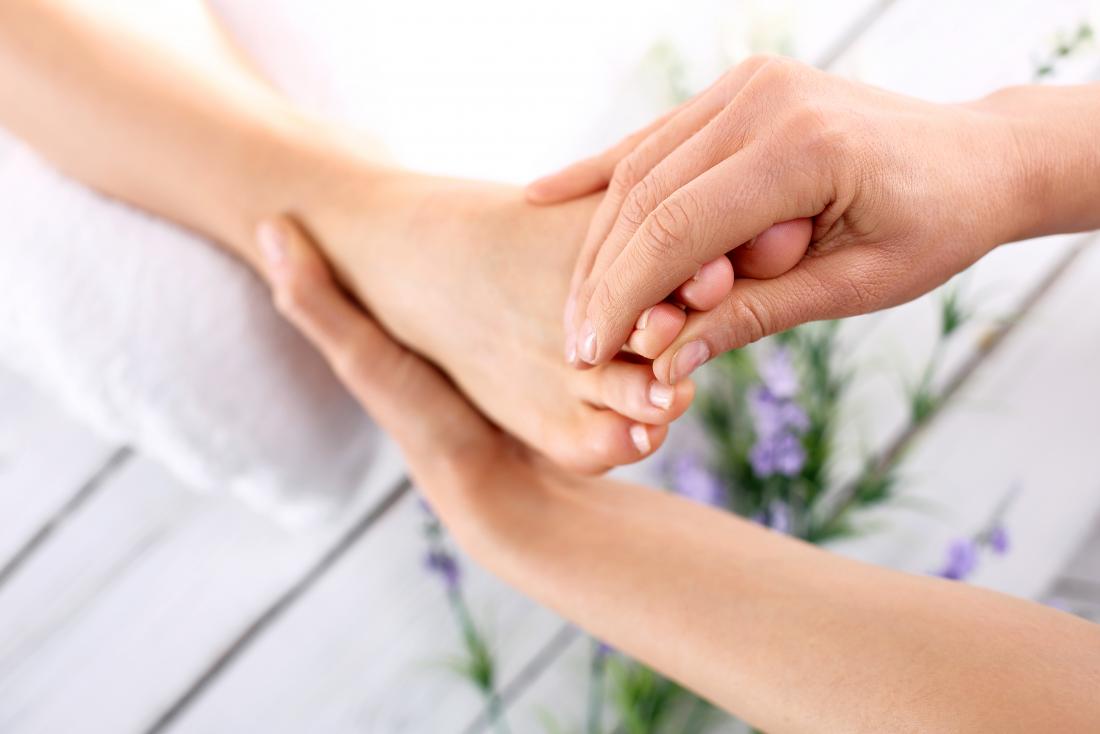
Credit: www.medicalnewstoday.com
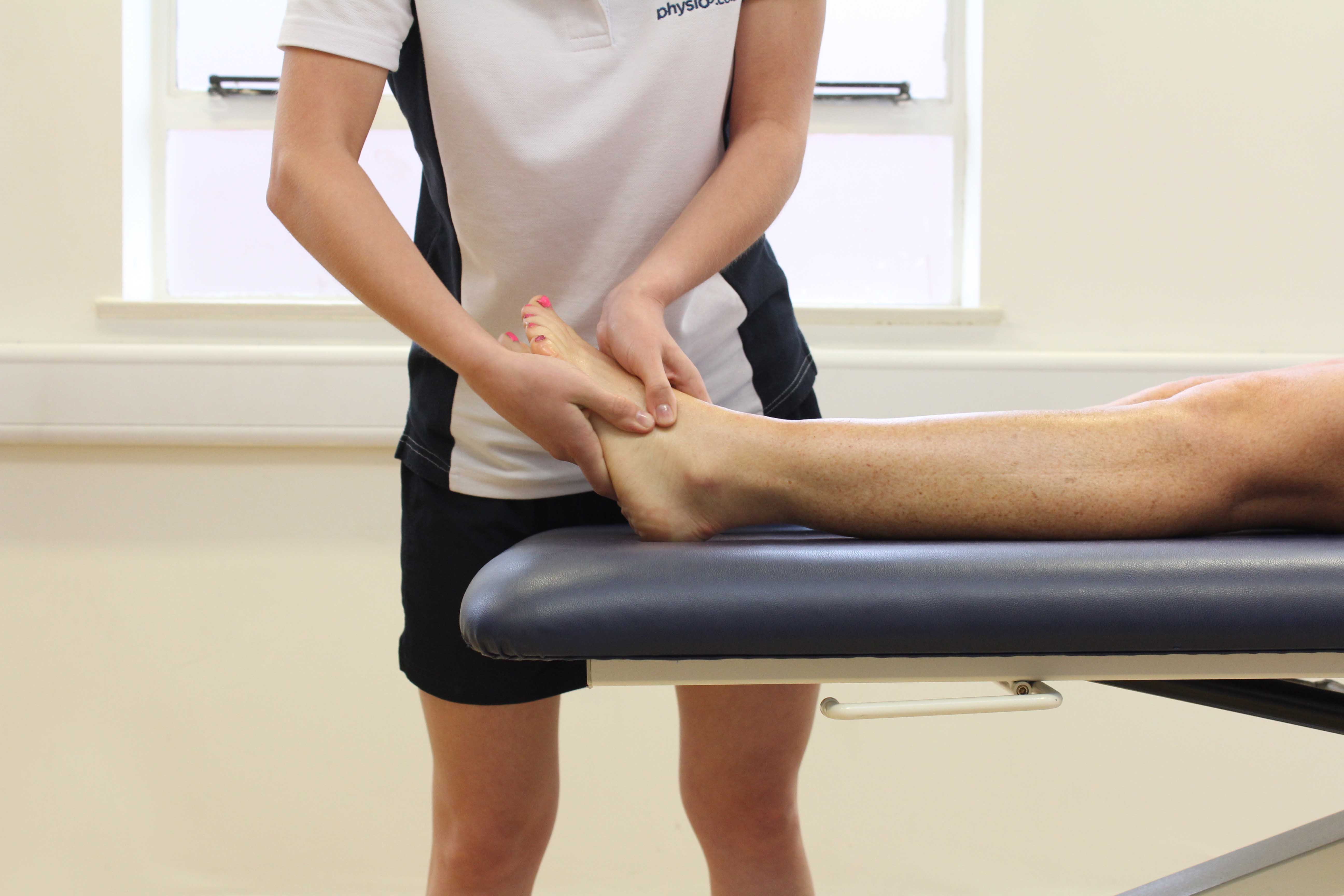
Credit: www.physio.co.uk
Frequently Asked Questions
What Are Common Foot Massage Techniques?
Common techniques include kneading, friction, tapping, and stroking. These methods help relax muscles, improve circulation, and relieve tension.
How Does Foot Massage Improve Health?
Foot massage stimulates pressure points, promoting relaxation and well-being. It can alleviate pain, reduce stress, and enhance blood flow.
What Tools Are Used In Foot Massages?
Tools like rollers, stones, and massage balls are often used. These tools help target specific areas for deeper pressure.
Can Foot Massage Help With Plantar Fasciitis?
Yes, foot massage can alleviate plantar fasciitis pain. It reduces inflammation, improves flexibility, and promotes healing.
Conclusion
Foot massages offer various techniques to relieve stress and improve circulation. Techniques include kneading, rolling, and applying gentle pressure. These methods boost relaxation and help ease muscle tension. Regular foot massages can enhance overall well-being. Experience the benefits by trying different techniques.
Remember, a good foot massage can make a big difference. So, take time to pamper your feet and enjoy the soothing effects. Your feet will thank you!
